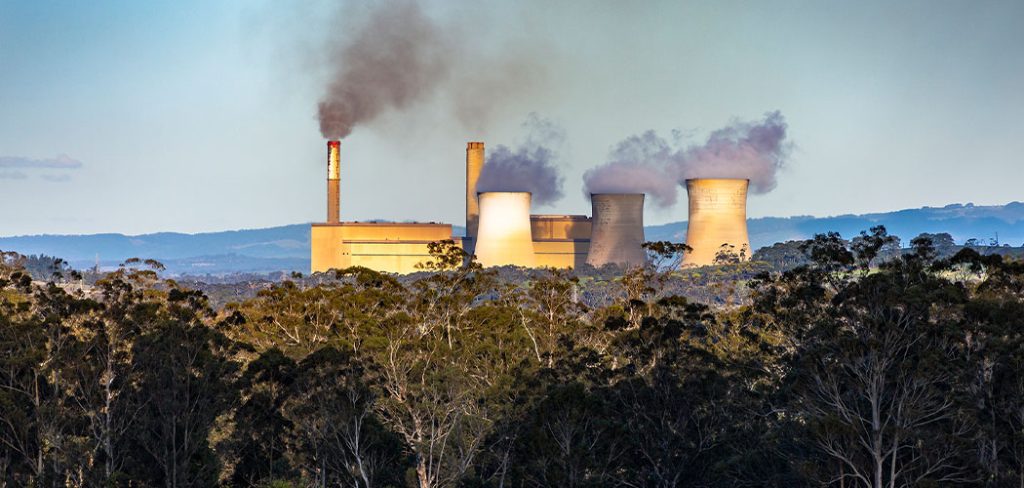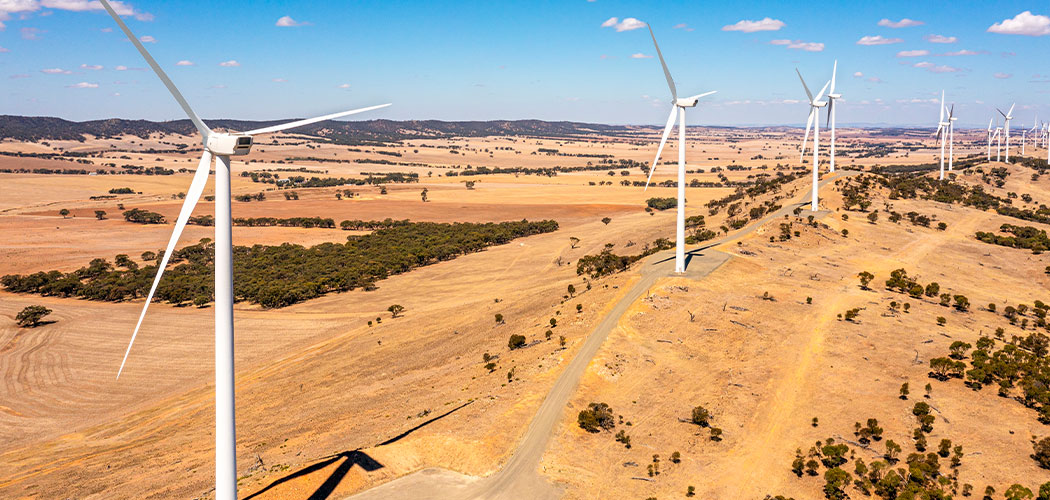As the 2025 federal election approaches, voters are seeking strong commitment on climate change action that reduces the nation’s carbon footprint and accelerates the transition to green energy and sustainable practices.
Clear signs of climate change, such as the rise and intensity of extreme weather events like bushfires and heatwaves, impacts many aspects of daily life, particularly public health.
With climate change becoming more urgent globally, political leaders face mounting pressure to balance environmental goals with economic considerations.
The ANMJ examines the climate strategies of the two major political parties.
LABOR’S CLIMATE MILESTONES
The Albanese Labor Government has made the biggest investments in climate change action in Australian history. These include:
- Future Made in Australia plan: This $22.7 billion investment into developing industries essential for a zero-carbon economy, is the largest investment in Australian manufacturing jobs in decades. Renewable industries are projected to create 400,000 new jobs in the next 15 years.
- Emissions reduction targets: In 2022, the government passed legislation to reduce emissions by 43% by 2030 (compared to 2005 levels) and achieve net-zero emissions by 2050. The government has invested heavily in over 70 renewable energy projects, such as the $1 billion Solar Sunshot program and large-scale wind farms.
- Safeguard Mechanism (Crediting) legislation: In 2023, Labor passed amendments to the “safeguard mechanism” policy for reducing emissions among Australia’s largest polluters. Large industrial facilities must meet emissions baselines that decrease over time. Flexibility allows facilities to reduce their emissions directly or by buying carbon credits/offsets to fund projects like tree planting.
- National Health and Climate Strategy: Launched in December 2023, the strategy aims to address the health impacts of climate change, including the role of the health sector in reducing emissions and helping Australia achieve net-zero by 2050.
DUTTON’S PLAN TO GO NUCLEAR
The Coalition argues Australia needs a balanced energy mix to “deliver cheaper, cleaner and consistent 24/7 electricity”. Its solution is to re-introduce nuclear energy.
In 2024, the Coalition identified seven locations at closed coal-fired power stations that could be turned into “zero emissions” nuclear power plants. If elected, they say the first reactor will be operational by 2035. Australia banned nuclear energy in the late 90s.
Opposition Leader Peter Dutton claims that unlike Labor’s push towards solar and wind, there are 32 countries operating nuclear power plants, with another 50 looking to do so.

“Our plan will deliver a net-zero electricity grid by 2050 and a strong and resilient economy. It will set our country up for decades to come,” he said.
While the Coalition has committed to honouring the 2015 Paris Agreement, an international treaty to limit global warming and adapt to climate change, it has steered clear of setting 2030 emissions targets until in government.
HEALTH AND SAFETY CONCERNS OF NUCLEAR
Health professionals across Australia remain concerned about Dutton’s nuclear energy plan due to its significant health and safety risks, as demonstrated in the Fukushima and Chernobyl disasters, where catastrophic radiation impacted thousands.
The infrastructure could take over 15 years to deliver energy to homes, and when it does, could increase Australians’ average electricity bill by $665 per year, research shows.
There are also widespread concerns nuclear energy will delay the shift to green energy, hindering immediate emissions reduction and disrupting efforts to transition workers impacted by coal mine closures into jobs in renewable energy supply.
Nuclear energy could lead to increased risks to human health and life, power outages, continued emissions, and increased costs.
CLIMATE INTEGRITY
The Australia Institute’s 2025 Climate Integrity Summit, held in February at Parliament House, examined Australia’s role in global climate action.
Dr Richard Denniss, Director of the Australia Institute, argued that as the world’s third largest fossil fuel exporter, Australia has a social responsibility to lead the global transition away from fossil fuels. Yet, the nation continues to subsidise the fossil fuel industry to the tune of $14 billion per year.
Dr Denniss said the science and economics of climate change have been clear for considerable time: Australia needs to stop burning so many fossil fuels.
“We need to tax pollution, we need to subsidise alternatives, and we need to support workers that are affected by the transition,” he said.
“It’s not complicated. The science isn’t complicated, the economics isn’t complicated. What is complicated is the politics. And the reason the politics are so complicated is such a small number of people make so much money out of causing climate change. They just don’t want to stop.”
Australia’s approach to climate change lacks integrity, Dr Denniss suggested, because while the government promotes transitioning away from fossil fuels, it continues to approve new coal mines and gas projects.
“We plan to export more fossil fuels and no matter where in the world those fossil fuels are burned, they will warm, not just the globe’s climate, but ours here in Australia.”
The Summit saw Independent Senator for the ACT, David Pocock outline a plan to introduce an “Ending Fossil Fuel Exploration Bill” into Parliament. He emphasised that Australians are increasingly aware of how climate change will impact their lives, everything from their health to the sports they enjoy. “We’ve all got a role to play [in addressing climate change],” he declared.








